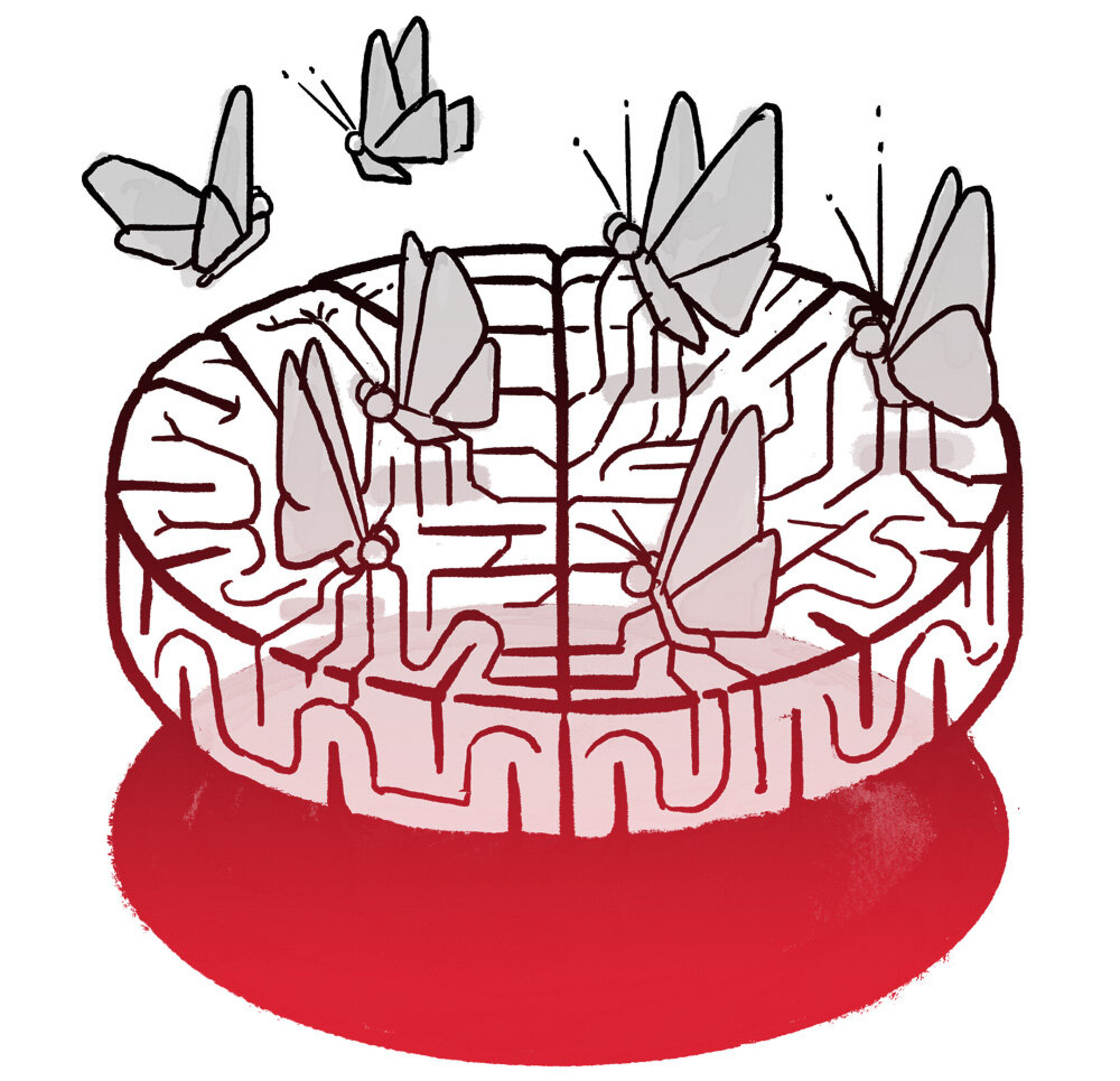Neuroscientist and Einstein Visiting Fellow Panayiota Poirazi builds computational models of the tree-like dendrites that exist in the brain to better understand their role and to translate their functions into artificial knowledge. One of her aims is to teach algorithms to base their learning on prior knowledge in the same way that humans do.
Dendrites spread like tree branches, which is why their name stems from the Greek word dendron meaning tree. However, some people also call them butterflies of the brain because they seem to fly out of the neurons’ cell bodies as if they are trying to escape somewhere. You can think of this as a process of continuous growth. They form very elaborate structures, which are different for every cell type in the brain. To me, they are highly artistic.
I’m a dendrites aficionado. I want to come to a very detailed understanding of how these structures contribute to brain computations such as memory, the ability to change in response to learning, and the ability to adjust to environmental changes. But I also want to find ways to transfer these computations into artificial systems to create better machine learning algorithms. We have already seen major progress in this. Artificial intelligence has been able to solve problems in video games and, more recently, the protein folding problem. The ability to mimic reasoning is a problem that still needs to be solved, namely the ability to make decisions based on logical conclusions or learn new tasks by capitalizing on known things. We think that some features of dendrites could improve this kind of “transfer learning” in artificial systems if we are able to translate them into our models.
I have always wanted to work on the experimental side of neuroscience as well. Collaborating with Matthew Larkum’s lab at the Humboldt University of Berlin – one of the best labs in the world for studying dendrites – provides a unique opportunity to master the experimental skills we want to start using in our home lab. It is a bi-directional project. The idea is to transfer all the experimental data we get from the Berlin lab into computational models. We have already published a major finding in Science in 2020, based on a discovery by the Berlin lab of a completely new computation carried out by human dendrites; a local response which we call the dendritic spike. We then used models to show that a dendrite with this particular computation can solve the Exclusive-OR (XOR) problem; a mathematical problem, which was thought to be solvable only by large neural networks. This might help to explain the differences between human and animal brains.
We are also jointly looking into behavioural flexibility. We want to understand how the brain allows us to adapt to changes in the environment. Our hypothesis is that dendrites play an important role in this. We are hoping to figure out the basic mechanism behind it, with a combination of experiments in mice and computational models – including optogenetic methods, a technique allowing to control cell activity with light. If we find answers, we might be able to propose new targets for pharmaceutical interventions that could help people with adaptability or flexibility problems that occur in patients with depression or schizophrenia, and in normal aging. But this can only be the second stage in the process. I am a strong proponent of the blue-sky approach. History has told us that the greatest scientific discoveries were achieved when people were free to explore crazy ideas. And let’s not forget that a huge number of scientific discoveries were made by chance.


